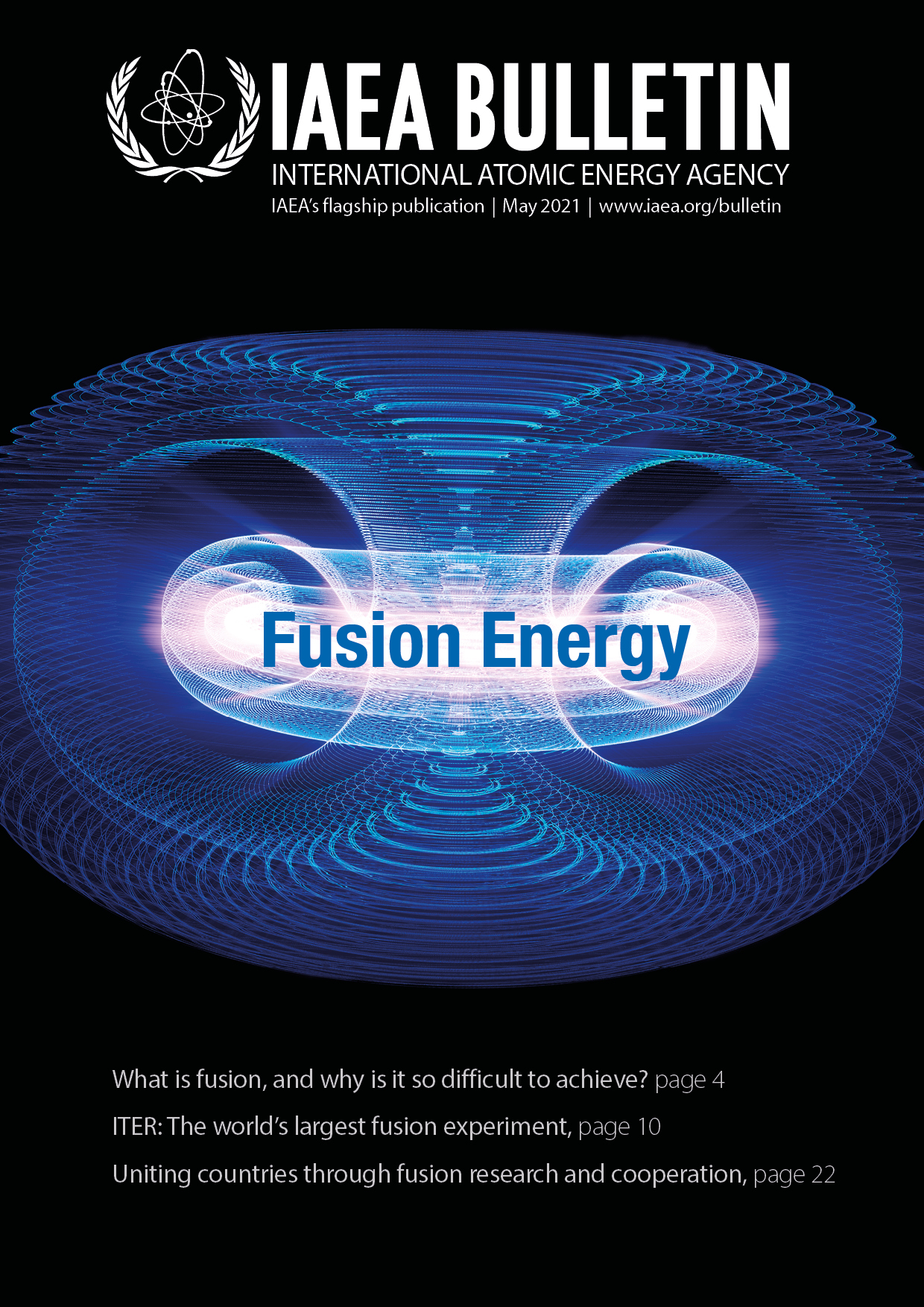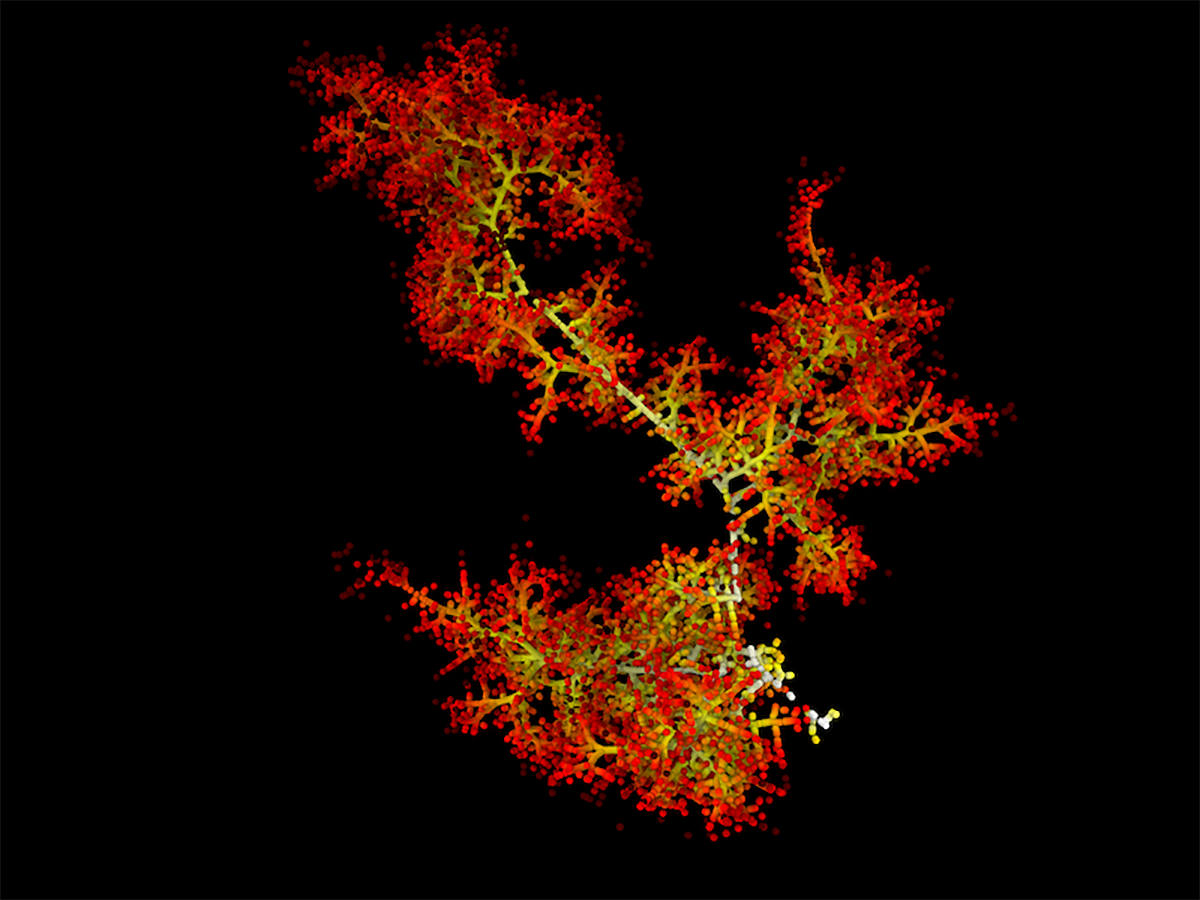The promise of harnessing nuclear fusion’s abundant energy potential through commercial fusion requires a better understanding of plasmas — superheated ionized gases — and the development of high-performance reactor materials. By supporting scientists studying plasma behaviour, and modelling the properties of materials used in fusion energy research, IAEA databases are helping to advance research towards eventual energy production on a commercial scale.
Central to developing fusion energy is achieving and then maintaining the extreme conditions needed for ‘fusion ignition’ — the point at which a fusion reaction is sustained by its own generated energy. This requires the reaction’s plasma fuels to be confined in a space for long enough to allow fusion to develop and heat itself to self-sufficiency.
Ignition also requires engineers to develop high-performance reactor wall materials able to withstand the steady flux of energy in the form of released heat and neutrons. This energy heats up the walls, and the neutron bombardment can lead to material damage — compromising the integrity of the wall material or causing the material to sputter back into the plasma and cool it.
A reactor’s materials should also absorb as little tritium — one of the hydrogen isotopes of the fusion’s fuel — as possible. Absorbed tritium fuel is lost fuel for the reaction. But more importantly, tritium is radioactive, and to minimize the amount and radiotoxicity of the eventual nuclear waste generated, the reactor’s walls should ideally not absorb tritium and become radioactive in the process.

